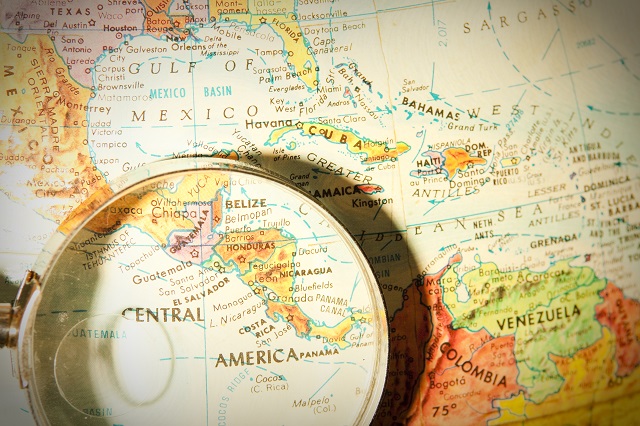
Credit: Chrispecoraro / Getty Images
On the 2020 U.S. census, Americans faced five options: White, Black or African American, American Indian or Alaska Native, Asian, and Native Hawaiian or Other Pacific Islander. These might have reflected a broad swath of the population, but for citizens from any of the dozens of countries south of the United States, there was a pretty obvious choice missing: Latino.
Laura Gómez, a law professor at UCLA and the author of “Inventing Latinos: A New Story of American Racism,” argues that Latinos – both the word and the ethnic category – are pretty recent inventions. The government only officially recognized it in the 1980s, and acknowledging people from Central and South America as a distinct ethnic group was a paradigm shift with real social and political impact. The question of Latinos’ race has affected issues from marriage laws, to access to education, and beyond.
Main Takeaways:
- According to Gómez, who does and doesn’t count as Latino depends on “layers of discretion.” In the past, that discretion was up to judges in court cases that dealt with race, but today, the decision about which box to check is largely your own. That doesn’t mean it’s always a clear-cut decision though. Since the 1980s, as much as 40% of Latinos choose “other” as their race on the census. Many others choose white, but one study found that only 2% of Latinos who choose white agreed that other people actually see them as white. This shows a gap between the categories we have officially available, and the way that we see ourselves or others.
- The relatively recent invention of the term “Latino” is evidence that our racial and ethnic categories are social constructions, Gómez explains, and they change over time and only find meaning in the context in which they’re created. For instance, designating someone as Latino in a country like Argentina is meaningless, and “white” has grown to include Italians, Jewish people, and Eastern Europeans who were all previously excluded. This doesn’t mean that our racial and ethnic categories, nor the term “Latino,” are going anywhere anytime soon, though. Now, younger generations are embracing both Latino and Latinx (a gender-neutral variant) as terms to identify with and use, Gómez says.
- Ana Navarro-Cárdenas, a political strategist and commentator, says that Latinos are not only changing as an identity, but also as a voting bloc. Latino is a term used to describe as many as 60 million people from dozens of places and a multitude of ways of becoming American. Some have been on U.S. soil for generations, some crossed the border, and some had the border cross them. Just as in any other large, diverse group, there is a full spectrum of political identities, so to court the so-called “Latino vote” is a big ask, she says.
More Reading:
- While some Latino public figures like Alexandria Ocasio-Cortez identify openly with the term, others more closely align with categories like Black or white. One such politician is Charles Rangel, the former NY Congressman, who never liked to talk about being half Puerto Rican, largely because of his difficult relationship with his father. You can read more about him here.
- Before Brown v Board of Education federally desegregated schools in 1954, Mendez v Westminster School District of Orange County set the stage in 1947. Sylvia Mendez, a 9-year-old Mexican-American girl, wanted to attend what was known as the local “white school” with its “beautiful playground” rather than “the Mexican school,” which was just “two wooden shacks on a dirt lot.” You can read more here about the impact the case had on desegregation in California, as well as its lasting legacy.
- The term “Latino” has a long line of predecessors. You can read this History article to learn more about the linguistic evolution, from Chicano to Hispanic and beyond, that brought us to this point.

